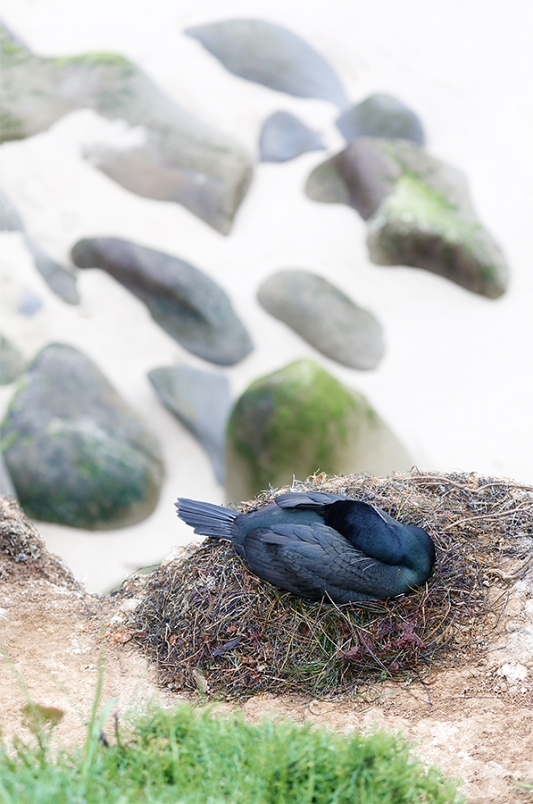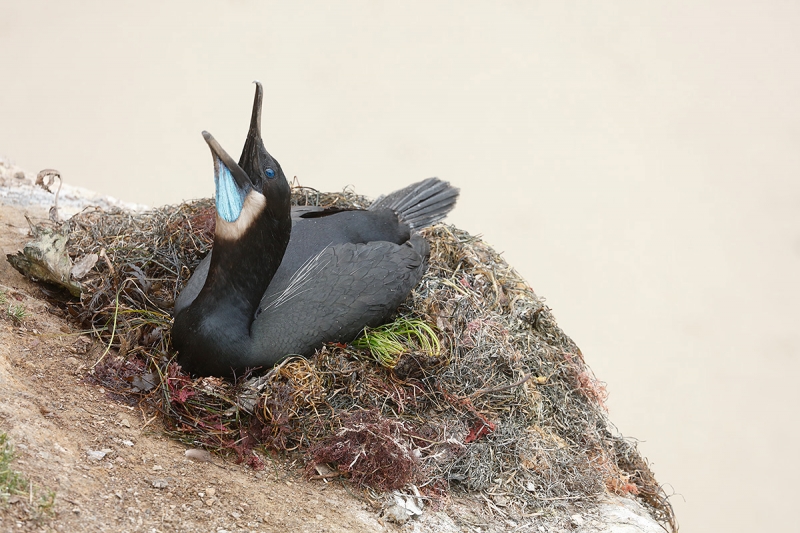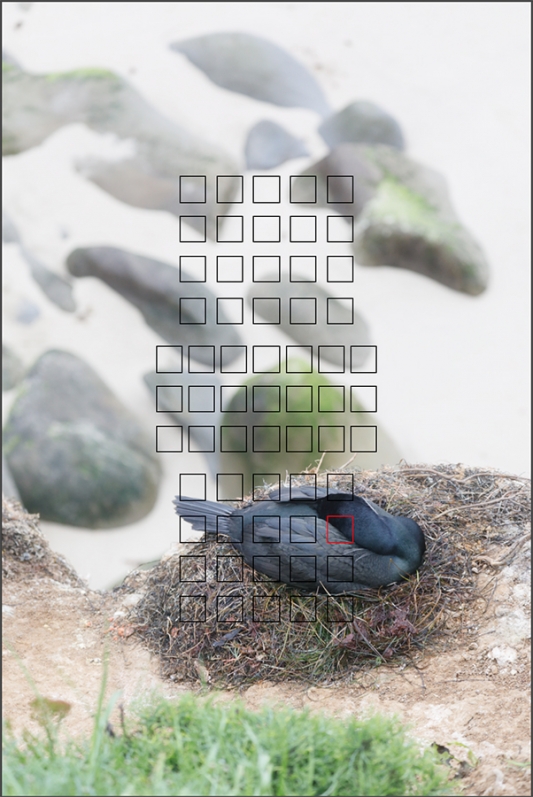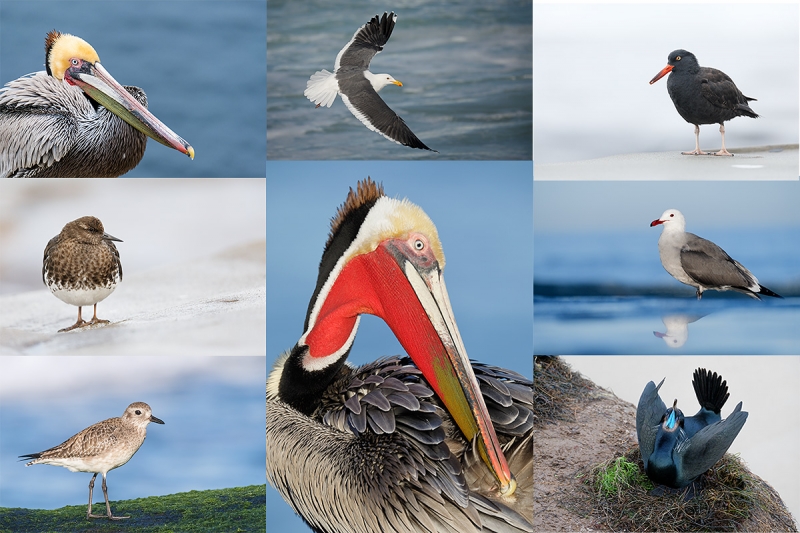What’s Up?
As I type here early on Friday morning it looks as if Friday afternoon and all day Saturday will be a busman’s holiday for me at Gatorland, i.e., no clients 🙂 I am flying back to Long Island late on Saturday to attend my Mom’s memorial service on Sunday afternoon. She will be buried alongside my Dad in San Diego some time next week.
FYI
Just so you know, this blog post took more than 3 1/2 hours to prepare. Please remember to use out B&H affiliate links for your major gear purchases. Overseas folks are always welcome to leave a Blog Thanks donation here.
Gear Questions and Advice
Too many folks attending BAA IPTs and dozens of folks whom I see in the field, and on BPN, are–out of ignorance–using the wrong gear, especially when it comes to tripods and more especially, tripod heads… Please know that I am always glad to answer your gear questions via e-mail.
The Streak: 22!
Today’s blog post marks a totally insane, irrational, illogical, preposterous, absurd, completely ridiculous, unfathomable, silly, incomprehensible, what’s wrong with this guy?, makes-no-sense, 22 days in a row with a new educational blog post. As always–and folks have been doing a really great for a long time now–please remember to use our B&H links for your major gear purchases. For best results use one of our many product-specific links; after clicking on one of those you can continue shopping with all subsequent purchases invisibly tracked to BAA. Your doing so is always greatly appreciated. Please remember: web orders only. And please remember also that if you are shopping for items that we carry in the BAA Online Store (as noted in red at the close of this post below) we would of course appreciate your business.
|
|
|
This image was created with the hand held Canon EF 100-400mm f/4.5-5.6L IS II USM lens (at 148mm) and my favorite bird photography camera body, the Canon EOS 5D Mark IV. ISO 1600. Evaluative metering +1 stop as framed: 1/125 sec. at f/5.6 in Manual mode. AWB. LensAlign/FocusTune micro-adjustment: +3. Bottom Large Zone/AI Servo/Shutter button AF was active at the moment of exposure. The system activated a single AF point that was three AF points down and one to the right of the center AF point. See the active AF point displayed in the DPP 4 screen capture below (Image #3). Image #1: Brandt’s Cormorant on nest, wide vertical |
Sometimes Wider Might Be Better …
When photographing at the Brandt’s Cormorant colony in La Jolla I am often working at 700 and even 1000mm to create tight head portraits of the displaying birds. (For the past two years I have taking only the 500 II to San Diego …) See Image #1 here for a good example. When working with the 100-400 II I am often working at the long end of its amazing focal length range and I often extend that by adding the 1.4X III TC. Both Patrick Sparkman and I are always searching for the best perspective, for a spot where we can eliminate the bothersome, distracting rocks on the beach below. See today’s Image #2 below for an example of that approach.
On my most recent visit, the last-second San Diego trip after I attended The School for the Work, I saw a new type of image, an image that would use the rocks on the beach below as positive elements, elements that added interest to the photo. I love the resulting image design here (Image #1 above) and when I shared it with Patrick he loved it too and did his best to create a similar motif. What do you think of the wider approach?
Note: as far back as the original The Art of Bird Photography (now in soft cover here) I wrote, “Add green whenever possible.” That approach worked wonders with today’s featured image as the green seaweed on the rocks helps to move the viewer’s eye around the frame.
|
|
|
This image was created at La Jolla with the hand held Canon EF 100-400mm f/4.5-5.6L IS II USM lens (at 400mm) and the mega mega-pixel Canon EOS 5DS R. ISO 400. Evaluative metering +2 stops off the wet sand background: 1/400 sec. at f/8. Daylight WB. Four AF points to the left and one row up from the center AF point/AI Servo Expand/Rear Focus AF as framed was active at the moment of exposure. The selected AF point fell on the tan feathers just below the bottom of the light blue gular sac (pretty much on the same plane as the eye). Click here to see the latest version of the Rear Focus Tutorial. Click on the image to see a larger version. Image #2: Brand’t Cormorant displaying on nest–3X2 crop/the original |
Avoiding the Background Rocks While Maximizing the Cream-Colored Beach Below
In the November 8, 2016 “Canon 100-400 II/5DS R Displaying Brandt’s Cormorant on the Nest: Which Crop?” blog post here, I asked, “Which of the three crops do you like best?” Image #2 above, Image #1 in the original post, was — by a very narrow margin — my personal favorite. While I liked #2, the boxy crop and #3, the square crop, the power of the creamy background was strong enough to balance the unorthodox image design with the bird looking out of the wrong side of the frame. Notice that I did a very good job of avoiding the background rocks while maximizing the cream-colored beach below.
|
|
Image #3: The DPP 4 screen capture showing the active AF point illuminated in red |
Large Zone AF Magic and Tip
I continue to experiment with 5D Mark IV Large Zone AF in a variety of bird photography situations. The more that I use it, the more that I am impressed. Here it chose the dead solid perfect sensor. Why not select that sensor manually? Doing it that way takes more time and offers you less freedom. As with most camera-related magic, this one requires some user knowledge and input. As you begin experimenting with Large Zone AF, you will notice — especially when hand holding — that the AF point may be jumping around as your framing changes only very slightly. The trick is to depress the shutter button when the active point or points (as selected by the AF system) is in a spot that consider right for the image. That is exactly what I did while creating today’s featured image and the proof is in the pudding.
If you are a 1DX II user who has begun experimenting with Large Zone AF I would love to hear from you and learn how it is working for you. Also, can someone please remind me by leaving a comment if the 1D X has both the Zone and the Large Zone AF Area Selection modes.
|
|
2017 in San Diego was a very good year …. |
2018 San Diego 4 1/2-DAY BIRDS AS ART IPT: Monday, JAN 15 thru and including the morning session on Friday, JAN 19, 2018: 4 1/2 days: $2099.
Limit: 10: Openings: 4
Meet and Greet at 6:30pm on the evening before the IPT begins; Sunday, Jan 14, 2018.
Join me in San Diego to photograph the spectacular breeding plumage Brown Pelicans with their fire-engine red and olive green bill pouches; Brandt’s (usually nesting and displaying) and Double-crested Cormorants; breeding plumage Ring-necked Duck; other duck species possible including Lesser Scaup, Redhead, Wood Duck and Surf Scoter; a variety of gulls including Western, California, and the gorgeous Heerman’s, all in full breeding plumage; shorebirds including Marbled Godwit, Whimbrel, Willet, Sanderling and Black-bellied Plover; many others possible including Least, Western, and Spotted Sandpiper, Black and Ruddy Turnstone, Semipalmated Plover, and Surfbird; Harbor Seal (depending on the current regulations) and California Sea Lion; and Bird of Paradise flowers. And as you can see by studying the two IPT cards there are some nice bird-scape and landscape opportunities as well. Please note: formerly dependable, both Wood Duck and Marbled Godwit have been declining at their usual locations for the past two years …
|
San Diego offers a wealth of very attractive natural history subjects. With annual visits spanning more than three decades I have lot of experience there…. |
With gorgeous subjects just sitting there waiting to have their pictures taken, photographing the pelicans on the cliffs is about as easy as nature photography gets. With the winds from the east almost every morning there is usually some excellent flight photography. And the pelicans are almost always doing something interesting: preening, scratching, bill pouch cleaning, or squabbling. And then there are those crazy head throws that are thought to be a form of intra-flock communication. You can do most of your photography with an 80- or 100-400 lens …
Did I mention that there are wealth of great birds and natural history subjects in San Diego in winter?
|
Though the pelicans will be the stars of the show on this IPT there will be many other handsome and captivating subjects in wonderful settings. |
The San Diego Details
This IPT will include five 3 1/2 hour morning photo sessions, four 2 1/2 hour afternoon photo sessions, four lunches, and after-lunch image review and Photoshop sessions. To ensure early starts, breakfasts will be your responsibility. Dinners are on your own so that we can get some sleep.
A $599 non-refundable deposit is required to hold your slot for this IPT. You can send a check (made out to “Arthur Morris) to us at BIRDS AS ART, PO Box 7245, Indian Lake Estates, FL, 33855. Or call Jim or Jennifer at the office with a credit card at 863-692-0906. Your balance, payable only by check, will be due on 9/11//2016. If we do not receive your check for the balance on or before the due date we will try to fill your spot from the waiting list. Please print, complete, and sign the form that is linked to here and shoot it to us along with your deposit check. If you register by phone, please print, complete and sign the form as noted above and either mail it to us or e-mail the scan. If you have any questions, please feel free to contact me via e-mail.


Please Remember to use my Affiliate Links and to Visit the New BAA Online Store 🙂
To show your appreciation for my continuing efforts here, we ask, as always, that you get in the habit of using my B&H affiliate links on the right side of the blog for all of your photo and electronics purchases. Please check the availability of all photographic accessories in the New BIRDS AS ART Online Store, especially the Mongoose M3.6 tripod head, Wimberley lens plates, Delkin flash cards and accessories, and LensCoat stuff.
As always, we sell only what I have used, have tested, and can depend on. We will not sell you junk. We know what you need to make creating great images easy and fun. And please remember that I am always glad to answer your gear questions via e-mail.
I would of course appreciate your using our B&H affiliate links for all of your major gear, video, and electronic purchases. For the photographic stuff mentioned in the paragraph above, and for everything else in the new store, we, meaning BAA, would of course greatly appreciate your business. Here is a huge thank you to the many who have been using our links on a regular basis and those who will be visiting the New BIRDS AS ART Online Store as well.
Be sure to like and follow BAA on Facebook by clicking on the logo link upper right. Tanks a stack.
Typos
In all blog posts and Bulletins, feel free to e-mail or to leave a comment regarding any typos or errors. Just be right :).




















So sorry Artie – my condolences. You’re letter was beautiful and a moving tribute to your mom. May she, and all of us, go with Peace.
xoxoxo
Loren.
I love the image with the rocks – there is a poetic beauty to it.
The image with the rocks is interesting. I feel like I’m looking into a kaleidoscope. I’m not sure if I like it better with the rocks or without, but I guess when it comes down to it, why not make that image? Cool shot!
I’m sorry to hear about your mom, I’m sure she will be greatly missed.
I don’t like the rocks at all in todays post, I find the photograph rather busy.
Different strokes. Thanks for leaving a comment.
with love, artie
Good Morning Artie,
1DXII has:
Manual select: spot Af
Manual selection:1 pt AF
Expand AF area (5 Points)
Expand AF area surround (9 points)
Manual select Zone AF
Manual select large zone AF
Auto selection (large zone) AF
Page 131 of the manual
I frequently use auto selection large zone AF for BIF. It is particularly useful when shooting fast moving birds that are close. Hope this helps.
Mike
Many tanks.
a
The 1DX II has both the Zone and Large Zone selection modes. I am still playing with the different modes so I don’t have any conclusions yet.
Tanks!
a
Me too, the rocks just amplify my headache and the green looks sickly – maybe just chock it up to me having a poor start to my migraine day (:>)
Please comment if you have time. I have a chickadee nest stump and was trying to capture the birds leaving in flight as they excavate the cavity. Absolutely no luck with the 1DX2 locking on as they flew towards me, using large zone auto, case 6. Is this expecting too much? My partial solution was to try catching them flying parallel to the sensor on the original plane of focus. Very hit and mostly miss.
Jack
Thanks for sharing your thoughts on the rocks.
Not only are you expecting too much, you are expecting way too much 🙂 You might try focusing manually one foot in front of the exit hole, blasting when they leave the hole, and praying …
a
The more I look at it, the more I like it. Looks like the rocks are floating..
That makes you and me and Patrick 🙂
a
Personally, I find the rocks distracting, but that’s just my opinion.
You are in the majority. As always, you sometimes just gotta ask yourself, “What the heck does he know?”
with love, a
1Dx appears to have 9-pt zone but not large zone
Thanks, but two folks above state that it does 🙂
later and love, artie
Oh, sorry, I thought you asked about the 1Dx, which is what I was replying about. I’m still in the dark ages – no 1Dx-II or 5D-IV yet
Mike